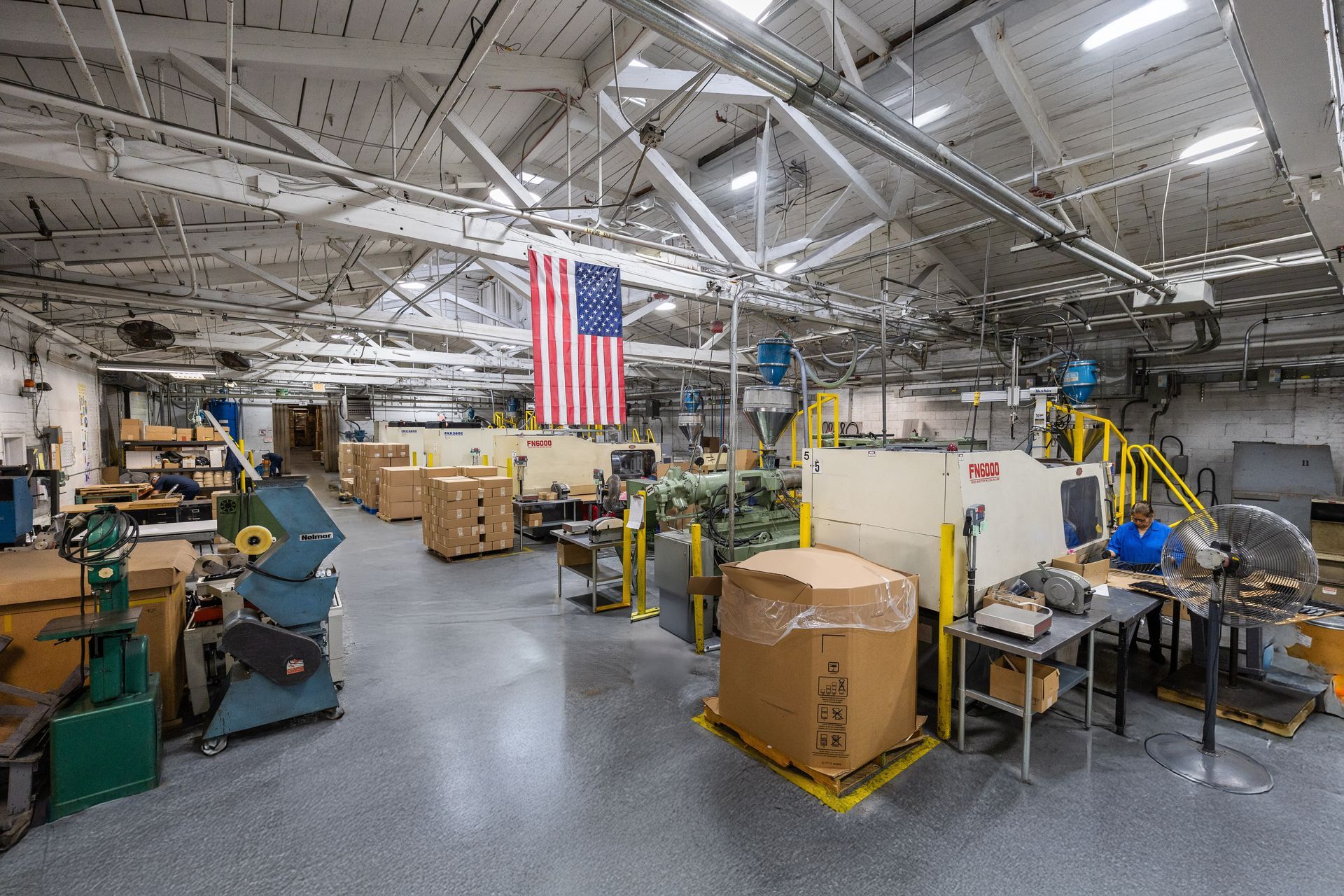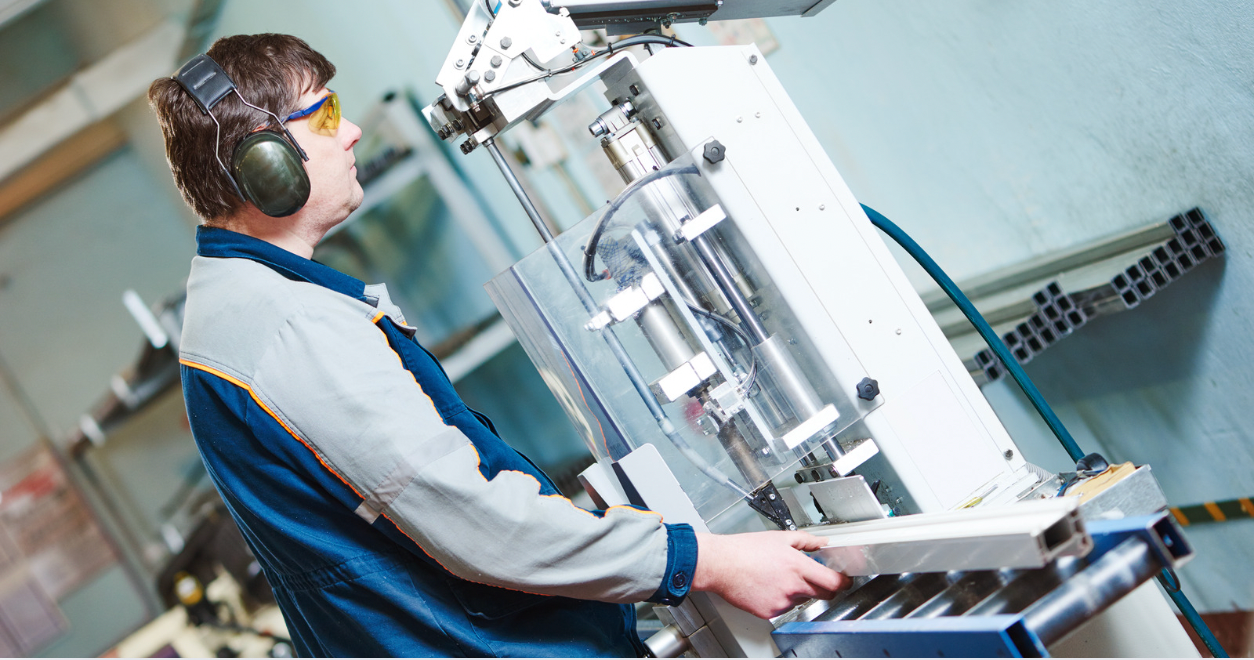Plastic Injection Molding Defects & How to Prevent Them
No one wants to examine the results of an injection molding production run to find out they're flawed. A combination of planning and best practices can help prevent problems, so you can achieve predictable, reliable, high-quality results.
Design Thoughtfully & Prototype
The most fundamental way to prevent defects is to design parts and molds thoughtfully. Consider every aspect of how the part will function, how it will be molded and ejected from the mold. Creating a prototype early in the process can help you spot any problematic areas of your design that may require adjustment.
Proper Plastic Flow
Specific to injection molding is the need for melted plastic to flow quickly, smoothly, and uniformly through all parts of a mold. Using a thick to thin flow pattern can minimize opportunities for resin to cool too quickly in thinner areas, creating blockages which can leave areas beyond the barrier unmolded.
Wall Thickness
Inconsistent wall thicknesses can cause plastic to flow and cool unevenly, resulting in warping and sinks in finished products. Designing with even wall thicknesses can help eliminate these problems.
Curves, Not Angles
Smooth lines with rounded corners rather than right angles can help melted plastic flow smoothly through a mold. When possible adjust those sharp angles in your part design for best results.
Resin Selection
Plastic resins along with additives and fillers all have varying strengths, weaknesses, and suitabilities. Working with plastics manufacturing professionals who have the knowledge to help you design and produce parts effectively is the smart way to go, offering you the best chance to create superior, flawless products.
At Bennett Plastics, we've built our expertise with decades of satisfied customers, and bring those skills and capabilities to every project we take on. Contact us today to take advantage of our knowledge and full array of plastics manufacturing and value added services.
Recent Articles











